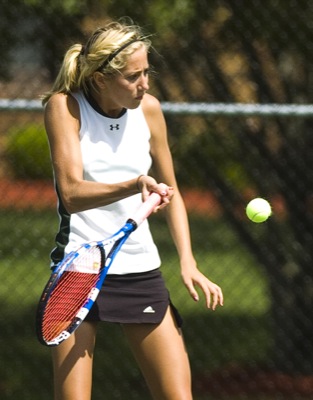Tuesday, August 16th, 2011
Local farmers asked to collect precipitation data
By Nancy Allen
Farmers in the Grand Lake Watershed are being asked to start collecting precipitation data to help identify which conservation practices reduce nutrient runoff the best.
Any data farmers have been collecting on their own over the years can be used as well.
"How water moves through soil and across the land all depends on the intensity, duration, amount and pattern of precipitation," said Jim Hoorman, Mercer County OSU Extension educator and cover crop expert. "This all has a huge effect on how much nutrients get in the lake."
Hoorman said the data is needed to do scientific modeling for the lake. Models are used as a predictive tool when it is either impossible or impractical to create experimental conditions in which scientists can directly measure outcomes.
The information is being requested by USDA Agricultural Research Service (ARS) scientists. USDA provides millions of dollars in ag conservation funding through various subsidy program.
Hoorman hopes to get three rain gauges in each of the eight townships in Mercer and Auglaize counties in the watershed by Jan. 1. Mercer County townships in the watershed are Granville, Marion, Franklin, Butler and Jefferson. Auglaize County townships in the watershed are St. Marys, German and a tiny bit of Jackson. He'd also like to have one gauge in the other townships in Mercer County but primarily needs the watershed data, he added.
"ARS is going to start with historical data to do the modeling but will keep adding more as it comes in," Hoorman said. "They'll probably keep collecting the data as long as there is a problem."
The problem is excess nutrient runoff into the 13,500-acre lake from farmland, the largest land use in the 58,000-acre, livestock heavy watershed. In January the state designated the watershed distressed, which triggered new manure laws for the roughly 300 farmers in the watershed, forcing many to take a closer look at conservation practices.
"We spent close to $16.8 million in state and federal conservation funds in the lake watershed in the past two years," Hoorman said. "These models will help us determine how effective some of these conservation practices are so we can use our taxpayer money more efficiently."
Hoorman said he believes ECO Farming - which combines winter cover crop planting, no-till farming and other best management practices - gives the biggest bang for the buck. Smaller studies prove it, but no watershed-wide studies have been performed, he said.
Cover crops increase water infiltration in soil, reduce soil compaction and improve soil structure by feeding microbes that recycle and hold nutrients for spring-planted row crops. Cover crop fields also provide a place upon which farmers can spread manure with less chance of runoff.
Some farmers using ECO farming have reduced their commercial fertilizer use by 70 percent and herbicide use by 50 percent, Hoorman said.
If data supports the use of ECO Farming as a way to reduce nutrient runoff, he feels more farmers will embrace it. It also will make it easier for legislators to put money toward the practice, Hoorman said.
"What we are trying to do is improve the system to keep nutrients on the land and just plain make better decisions," Hoorman said.
Volunteers needed:
Grand Lake Watershed farmers are being asked to start collecting precipitation data. The same data is also being sought from others who have been collecting it on their own over the years.
A workshop on how to properly collect and record precipitation data will be given in the coming months. Free National Weather Service gauges that measure rain, snow and ice will be distributed at the workshop.
Call Jim Hoorman at 419-586-2179 to participate or for more information.



